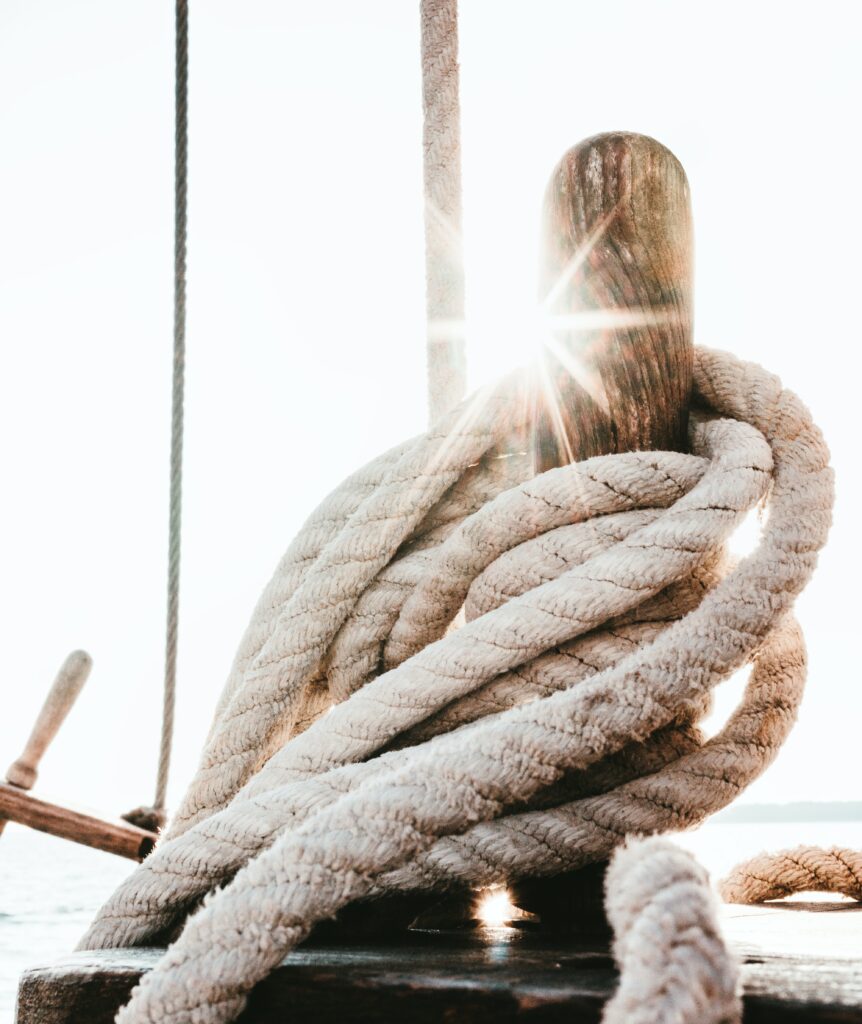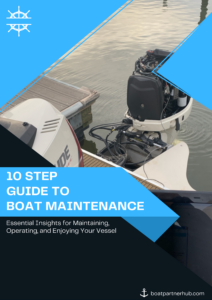Blog
Advanced Knots for Boaters: Mastering Essential Maritime Knotwork

Unlocking Seamanship Skills: Mastering Advanced Knots for Boaters
As a boater, mastering essential maritime knotwork is crucial to ensure safety, efficiency, and control while navigating the waters. Whether you are a seasoned sailor or a beginner, learning advanced knots will undoubtedly elevate your boating skills. In this comprehensive guide, we will cover ten essential knots that every boater should know. From securing your vessel to handling various scenarios on the open sea, these knots will prove to be invaluable tools in your boating journey.
1. Bowline Knot
The bowline is a versatile and fundamental knot that creates a secure loop at the end of a line. Boaters often use this knot to fasten a line around a fixed object, such as a dock or a piling. Its ability to maintain a strong grip even when under tension makes it ideal for rescue operations and towing.
To tie a bowline knot, follow these steps:
- Create a small loop near the end of the line.
- Pass the working end of the line through the loop from underneath.
- Wrap the working end around the standing part of the line.
- Pass the working end back through the loop.
- Tighten the knot by pulling the standing part and the working end simultaneously.
2. Clove Hitch
The clove hitch is a simple yet essential knot for securing lines to posts, stanchions, or any other cylindrical objects on a boat. It is quick to tie and untie, making it an excellent choice for temporary mooring.
To tie a clove hitch, follow these steps:
- Pass the line around the object.
- Cross the line over itself to form an “X.”
- Cross the line over itself again to form a second “X.”
- Tuck the working end under the second “X” and tighten the knot.
3. Rolling Hitch
The rolling hitch is a practical knot for situations where you need to attach a line to another line under tension. It’s commonly used to create a secondary attachment to a primary line, adding an extra layer of security.
To tie a rolling hitch, follow these steps:
- Pass the working end of the line around the main line.
- Bring the working end over the main line and then under it.
- Repeat the second step, creating two loops around the main line.
- Tighten the hitch by pulling the working end while holding the standing part.
4. Anchor Bend
The anchor bend, also known as the fisherman’s bend, is an excellent knot for securely attaching a line to an anchor. It ensures that the anchor remains connected to the boat’s rode, providing peace of mind during anchoring.
To tie an anchor bend, follow these steps:
- Pass the working end of the line through the anchor ring or eye.
- Take the working end around the standing part.
- Pass the working end over its standing part and through the loop created.
- Tighten the knot by pulling the standing part and the working end simultaneously.
5. Figure-Eight Knot
The figure-eight knot is a stopper knot used to prevent lines from slipping through retaining devices or to serve as a temporary stopper. It’s an essential knot in a boater’s repertoire, especially when you need to create a non-slipping loop.
To tie a figure-eight knot, follow these steps:
- Form a loop with the line, crossing the working end over the standing part.
- Pass the working end behind the standing part and through the loop from behind.
- Tighten the knot carefully, ensuring the turns are neat and well-aligned.
6. Round Turn and Two Half Hitches
The round turn and two half hitches is a reliable knot for securing a line to a post or a ring. It’s commonly used in docking situations, as well as for securing fenders to a boat’s lifeline.
To tie a round turn and two half hitches, follow these steps:
- Pass the line around the object, making a complete loop (round turn).
- Take the working end and wrap it around the standing part twice, forming two half hitches.
- Tighten the hitches by pulling the standing part and the working end simultaneously.
7. Sheet Bend
The sheet bend is an essential knot for joining two lines of different diameters or materials. It’s commonly used in sailing to attach a smaller sheet to a larger one or when you need to extend a line temporarily.
To tie a sheet bend, follow these steps:
- Create a bight in the larger line.
- Pass the smaller line through the bight from beneath.
- Wrap the smaller line around the bight and itself.
- Tighten the knot by pulling both lines simultaneously.
8. Cleat Hitch
The cleat hitch is a secure method of fastening a line to a cleat on a boat or dock. It’s a valuable knot for securing the boat to a dock or tying off fenders.
To tie a cleat hitch, follow these steps:
- Pass the line around the base of the cleat, keeping the working end on top.
- Cross the working end over the top of the cleat, moving away from the boat.
- Loop the working end under the far side of the cleat, then over the top of the opposite horn.
- Repeat the previous step, this time looping the working end under the near side of the cleat.
- Finish by securing the working end around the base of the cleat.
9. Square Knot
The square knot, also known as the reef knot, is useful for joining two lines of equal diameter. It’s an essential knot for reefing sails, tying bundles, and securing gear on a boat.
To tie a square knot, follow these steps:
- Hold the ends of the two lines in each hand.
- Cross the right end over the left end.
- Pass the right end behind the left end and bring it to the front.
- Cross the left end over the right end.
- Pass the left end behind the right end and bring it to the front.
- Tighten the knot by pulling both ends simultaneously.
10. Trucker’s Hitch
The trucker’s hitch is a powerful knot for securing heavy loads or tightening a line with great mechanical advantage. It’s commonly used in boating for various applications, such as securing equipment or creating a taut line.
To tie a trucker’s hitch, follow these steps:
- Create a loop in the line and pass the working end through it.
- Pull the working end to tighten the loop around the object.
- Create a second loop further down the line.
- Pass the working end through the second loop.
- Tighten the hitch by pulling the working end while holding the standing part.
Conclusion
Mastering essential maritime knotwork is an essential skill for any boater. These ten knots will serve as valuable tools in different scenarios, from docking and anchoring to securing gear and handling emergencies. Practice these knots regularly to ensure you can tie them with confidence and precision when the need arises.
In addition to learning these knots, understanding when and where to use them is equally important. Each knot has its specific applications, and as a proficient boater, you should be able to assess the situation and select the most appropriate knot for the task at hand.
Moreover, regular practice and familiarity with knot tying will enable you to tie these knots quickly and efficiently, even in challenging conditions or during stressful situations at sea.
Remember, safety should always be your top priority while boating. Before setting sail, double-check all knots and lines to ensure they are secure and properly tied. Investing time in mastering these knots can make a significant difference in the overall safety and enjoyment of your boating experiences.
So, next time you embark on a boating adventure, take pride in your knowledge of these advanced knots and their practical applications. The confidence and expertise you gain will not only make you a more skilled boater but also enhance your overall experience on the water.
Happy boating and safe sailing!


